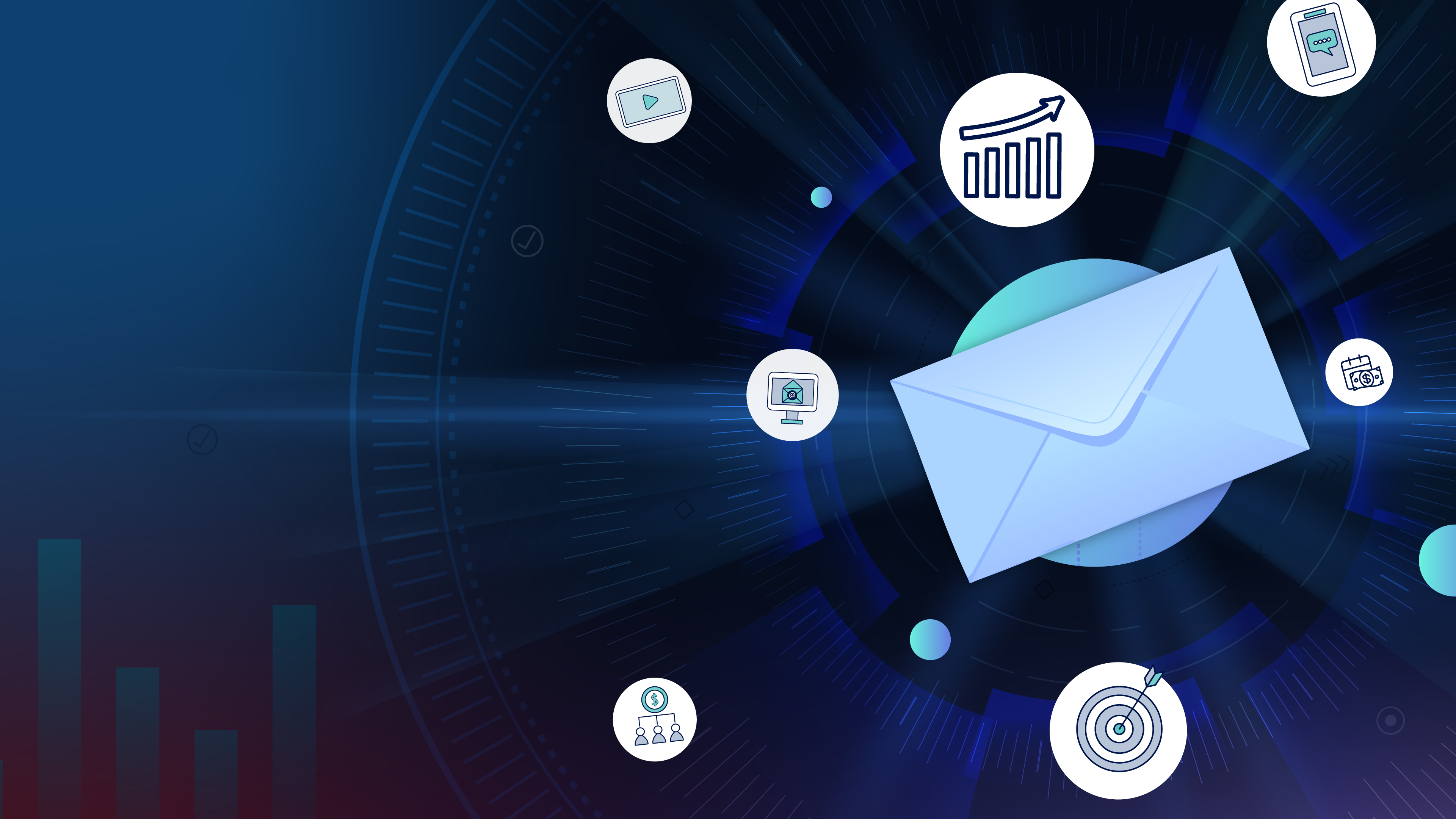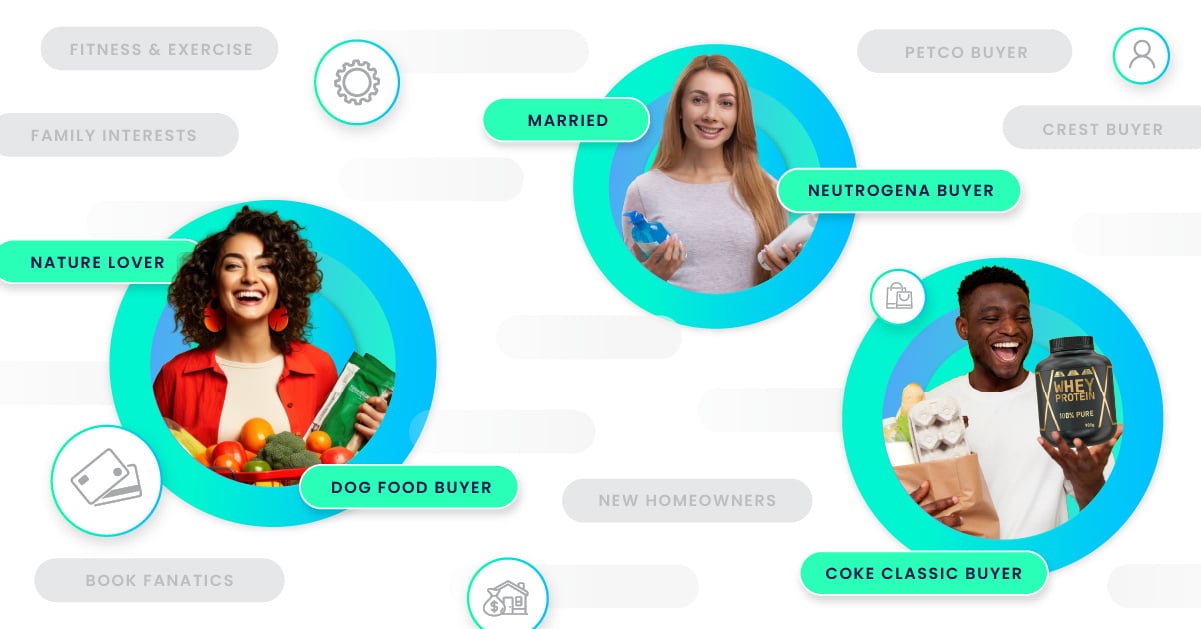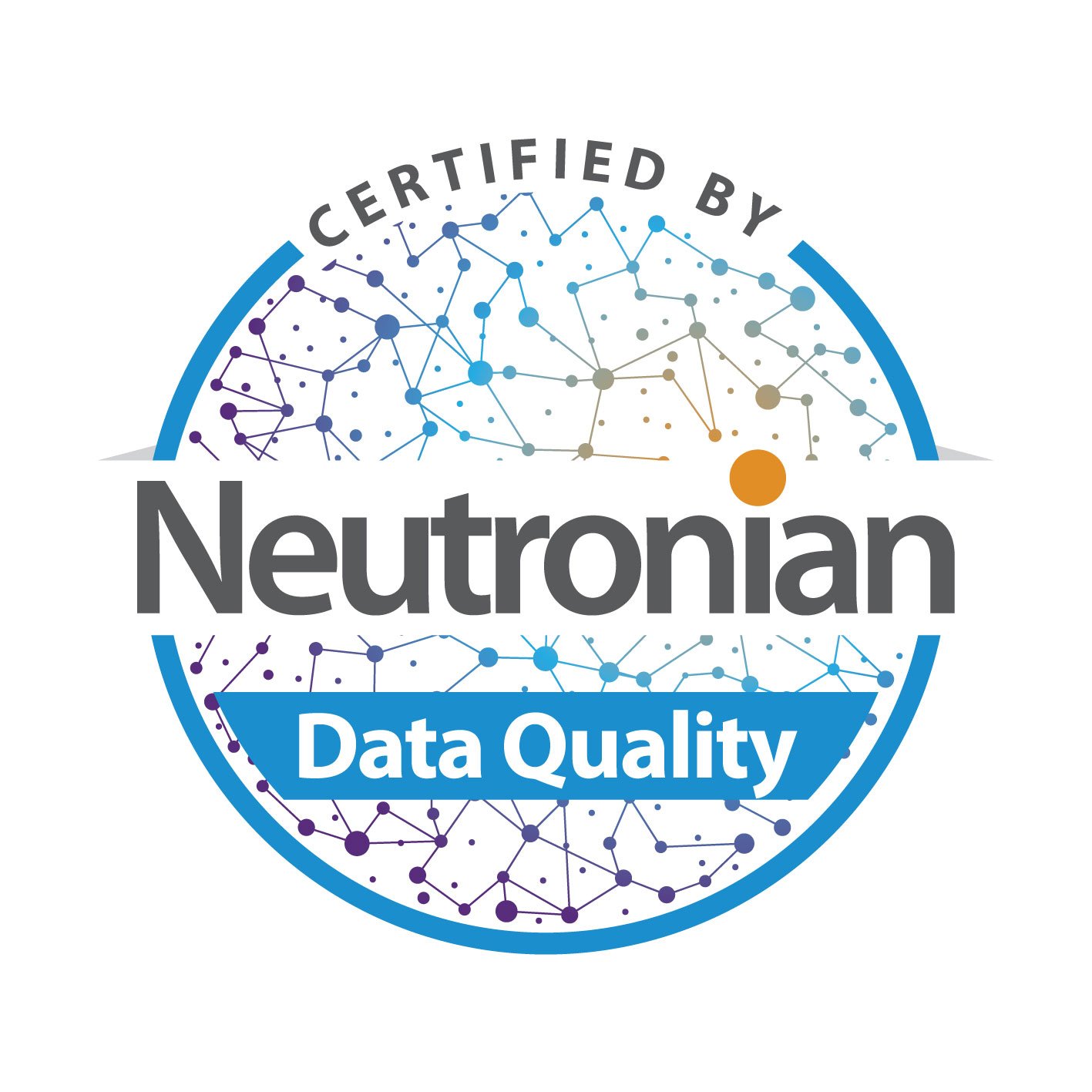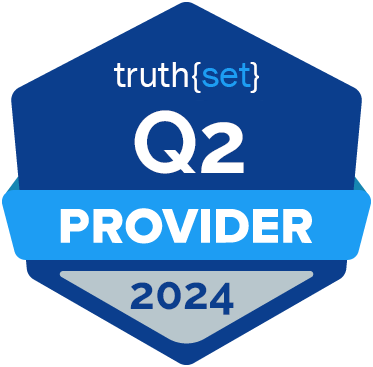Given the current economic climate, marketers have been tasked to do more with the same (or less) than they’ve had in recent years. In day-to-day terms, that means brand marketers and agencies must find new ways to extract maximum value from every investment, including data.
The shifting data landscape—characterized by more stringent regulations and the loss of previously relied-upon identifiers—means marketers have access to fewer data sources. At surface level this could feel counter to the goal of recognizing more value, but from a quality standpoint, many of the remaining sources are better than they’ve ever been.
For marketers to take advantage of these up-leveled data resources, a simple shift in mindset can help reframe the opportunity ahead. Reliance on third-party cookies has been limiting the possibilities of audience-first strategies, which are crucial to the success of today’s campaigns as consumer media consumption becomes even more fragmented. Freed from a myopic cookie-centric focus, marketers can seize the opportunity to extract more value from their data.
Shifting from a known process to something new is not always comfortable. So let’s focus on a specific approach with a big payout: how marketers can begin to implement and take advantage of omnichannel data, building an audience once and using it across all channels.
Omnichannel Data Definition and Benefits
Today’s omnichannel audience data sources are rooted in attributes that are more sustainable than third-party cookies and that can operate across many (or all) identity spaces. The benefits of tapping into omnichannel data for marketing are many:
- Portability: Campaigns based on omnichannel audience data are not beholden to one platform or channel.
- Cohesive Planning: Omnichannel data helps marketers build a more comprehensive marketing strategy. By going beyond any one platform or channel, omnichannel data helps marketers put their audiences first by aligning with their natural multichannel behavior and creating better marketing experiences.
- Pre-Campaign Optimization: Even though omnichannel data is represented in one consistent audience, marketers can use machine learning to predict which individuals will respond best in which channels. This enables marketers to make adjustments to their bid strategies and priorities based on the context of the ad environment.
- Better Measurement: By targeting a consistent audience across environments, marketers are able to understand which channels and strategies are driving results.
When working with a data partner, it’s important to ensure their omnichannel audiences can deliver on the above promise. Early in your conversations, ask them to define exactly what they mean when they say their audience data is “omnichannel.” For some, “omnichannel” might mean that the data covers a few digital channels -- for others, “omnichannel” means spanning all digital and offline channels. The desired state is that all channels a brand actively markets in today, or plans to use in the future, have strong coverage in an omnichannel data set. Value decreases if marketers must find yet another data partner any time their strategy shifts, like moving into advanced TV, for example. A clear definition of “omnichannel” will lead to a better understanding of the capabilities and possibilities of a given audience data set.
How to Make the Most of Omnichannel Data
So, what can marketers do to ensure their omnichannel audience data investments are going as far as possible? First, we recommend you look internally to ensure your teams are aligned on what is to be accomplished with the data. That often means breaking down walls between teams that might not be in the habit of communicating with each other. If an omnichannel audience is to be truly leveraged for the benefit of all channels, the direct mail team needs to be communicating with the digital team. The TV team needs to understand what the social team is trying to accomplish—and so forth. By bringing all stakeholders to the table before activating audience data, the marketing organization can avoid a lot of stutter-steps and ensure omnichannel data is driving the desired performance and outcomes.
When it comes to building the audience itself, there are two potential ways to get started:
- Enrich current audiences with additional identity match keys, such as hashed email addresses, mailing addresses, ZIP codes, IP addresses, or other ID frameworks like UID2. Doing so will open more channel opportunities while maximizing reach and match rates across platforms.
- Work with a partner to build an omnichannel audience from scratch. Some benefits here include access to additional data sets, best practices and integrations that may not be available otherwise.
These are not mutually exclusive options, and both approaches can be executed concurrently.
How to Plan for Activation and Measurement
With the audience in place, teams must come together to build workflows for activating and measuring results with omnichannel audiences. Together, you need to define your goals and optimization plan so that everyone is ready to respond to actual performance. What outcomes do you want each channel to influence? How will you adjust your approach if you find something unexpected is happening once the campaign is live? For example, if programmatic costs are higher than expected and direct mail is driving conversion, will budget be reallocated? Having thought through some of these beforehand will reduce the time required for positive adjustments to be made.
Making the most of an omnichannel audience will take a bit more effort upfront, but it’s worth it. By opening up the lines of communication within the organization and leaning on data partners for support, every dollar of a data investment will be stretched further by all teams.
Interested in making the most of an omnichannel audience investment? We’re here to help! Contact our Alliant team here.































Submit a Comment